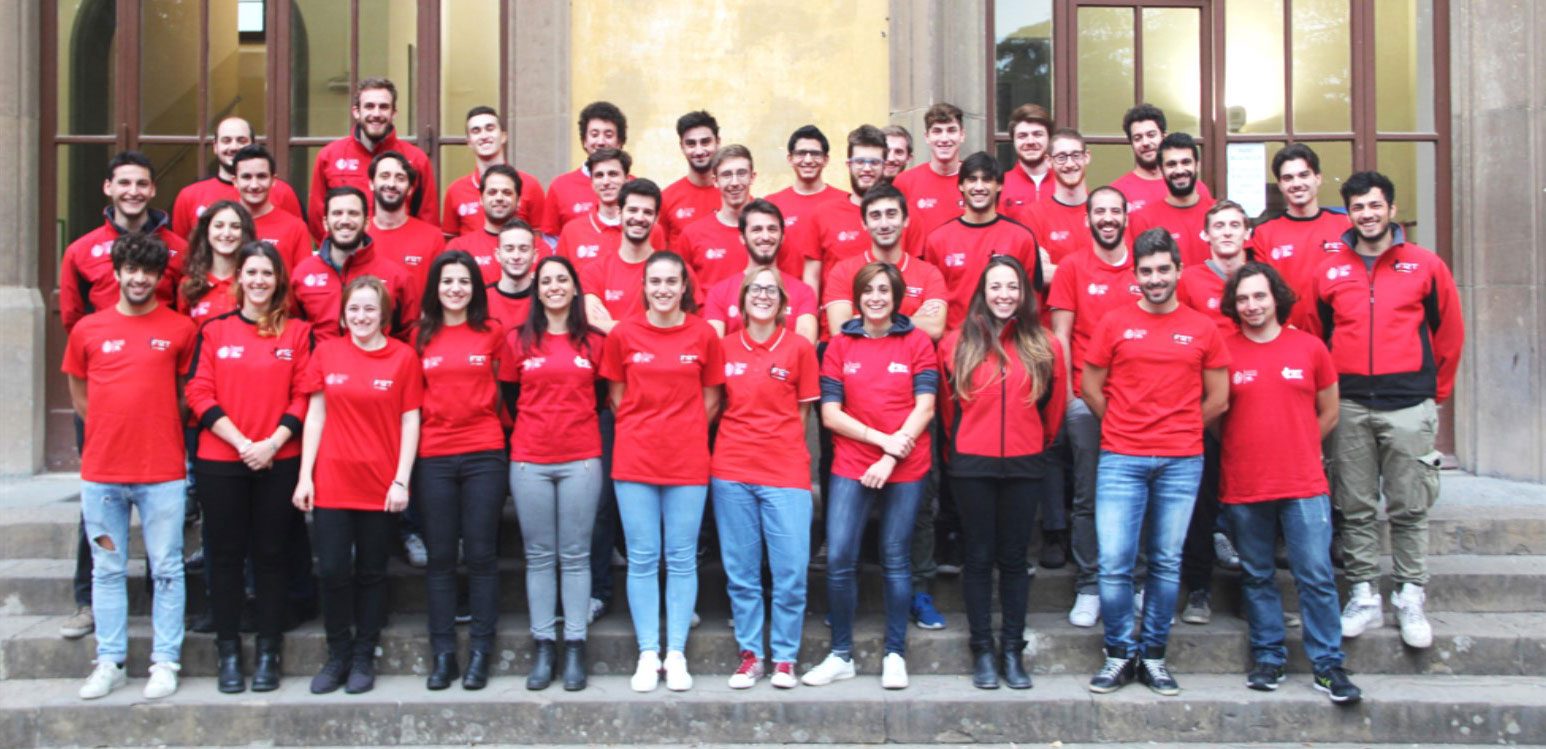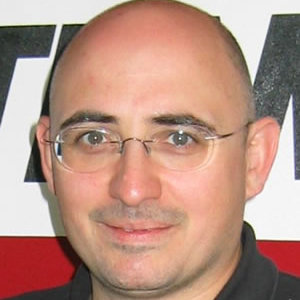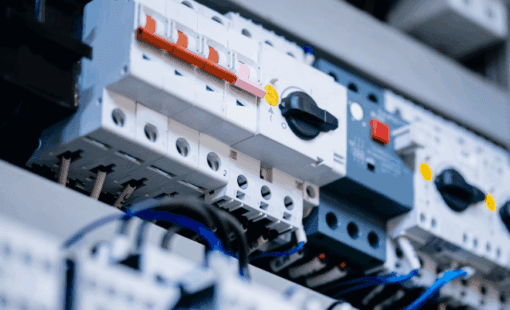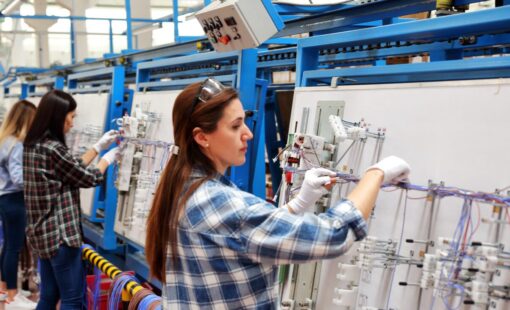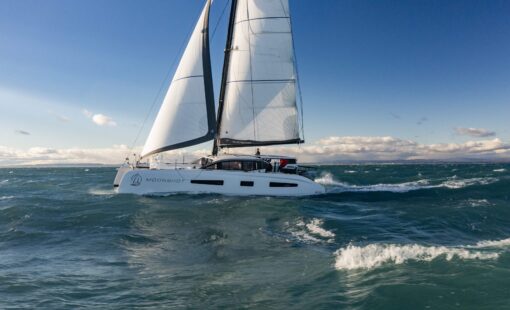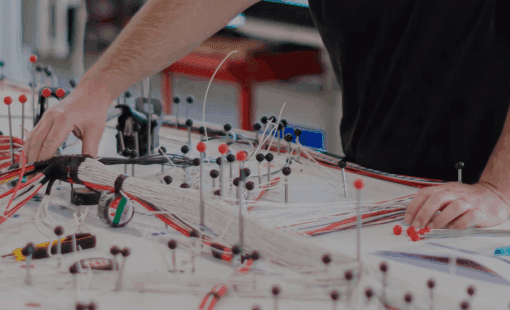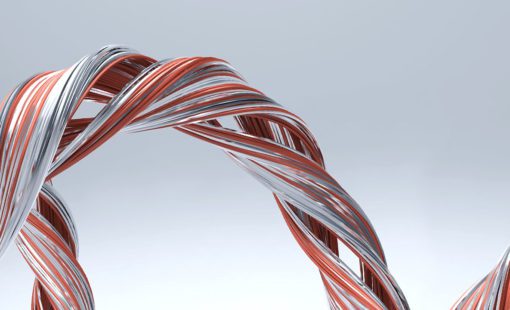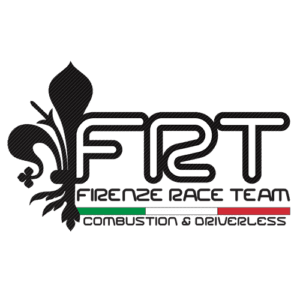
One of the many memorable speakers at this year’s Zuken Innovation World Italy was from the Firenze Race Team. We caught up with Team Leader Caterina Lotti to ask her about her team’s ambitious plans to make an autonomous racing car using E3.series.
Established in 2000, Firenze Race Team is the official Formula SAE (Society of Automotive Engineers) team of Università degli Studi di Firenze (University of Florence), where Formula SAE is doing much to mirror Formula 1 racing by holding events around the world. But a key difference is that the teams are made up only of students in active education; briefed to develop a Formula-style race car.
Most design rules relate to safety aspects and the combustion engine employed. Otherwise each team has a free hand when it comes to things like weight, suspension and aerodynamics, enabling them to make compromises to achieve an overall win, as vehicles will be judged on criteria that includes design and manufacture aspects, cost, performance (such as acceleration, fuel economy and endurance) and the quality of a presentation event.
As with Formula 1, big-name sponsorship adds to the excitement and glamour; and for Formula SAE Zuken is proud to sponsor teams in the EU and the US. The sponsorship with Firenze Race Team includes use of E3.series and CADSTAR, plus training and guidance during the design and manufacturing stages of the motorsport building project.
Firenze Race Team is currently working on a single-seat car to compete in 2019 that will have autonomous capability. We spoke to Caterina Lotti, Team Leader, to find out more.
What made you want to join the team?
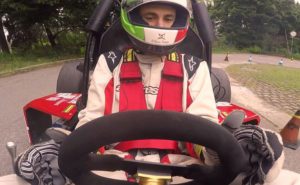
How did you hear about the event?
The activity of the Firenze Race Team is always highlighted by our university during promotional events and during lessons. Our university encourages involvement because it’s a great way for us to put into practice what we’re learning in our studies. No less important, is the passion most of us have for motorsport. It drove us to join the team.
What’s the structure of your team?
We have a management team that comprises a leader – yours truly – and two Technical Directors (who are also Project Integration Managers). Most groups have between two and six people; the largest of these being the Electronics and Control group. They have individual leaders who report to the management team and pass executive decisions down. The opinion of every team member counts. The level of collaboration within the entire team is great and we’re able to make informed decisions quickly.
How do you fit FRT around your studies?
Time management is crucial, and that also includes time for social and family events. The fact of the matter is that we do need to prioritize things and make sacrifices, but I see that as a valuable life lesson. Also, there’s a positive attitude within the team that no matter how constrained we are, important and practical educational experiences are being derived from the project.
What aspects of the project give you the most satisfaction?
The proof that hard work pays dividends. We commit ourselves 100% and the results, both for the team and for us as individuals, are considerable. There’s also the excitement of racing and that we’re pushing the technology boundaries by introducing autonomous driving. It’s cutting-edge stuff.
How challenging is the project?
Extremely. We decided to create a new car that integrates in a completely new way for both manual driving and in an autonomous mode. But it’s not just about technology. Nor is it just about performance during the events. Or cost control. It’s about the optimization of all three aspects to produce an overall win. On the plus side, as students, we cannot help but ‘learn by doing’ which means we get to make informed decisions based on our studies and practical experiences.
How easy to use was Zuken’s software?
Our electronics team found the software extremely intuitive because of the classic Windows look and feel; pull-down menus, shortcuts, right-mouse-button commands etc. It’s really good. Also, the team received a great introduction to E3.series that included access to some superb step-by-step tutorials. We also had the opportunity to increase our knowledge of the software through our collaboration with a local Zuken software user as part of a railway project, so that made it very ‘real world’ and aided our activities.
How is your team doing this season?
At the beginning of this academic year, we decided to undertake a two-year project path because of the very technical challenges we’ve set ourselves. It’s a totally new and innovative project, and for this reason we decided to take our time to get it right.
What would you say to someone considering embarking on a similar endeavor?
It’s very rewarding. The varied experiences, rising to the challenges, the team work, the emotion you feel when unveiling your car – it’s all amazing – and when your design gets to go around the track its performance is a reflection of your own strengths.
Any last thoughts?
The transition from a traditional car, with its relatively simple wiring, to a car with an Advanced Driver-Assistance System (ADAS), which requires far more sensors and actuators – and by extension more wiring – really highlighted to us the power of E3.series.
